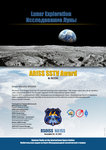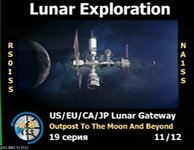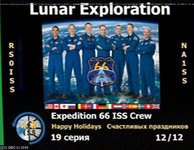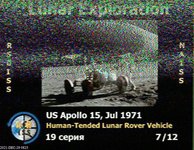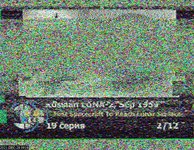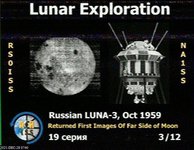ARISS Lunar Exploration - SSTV from International Space Station
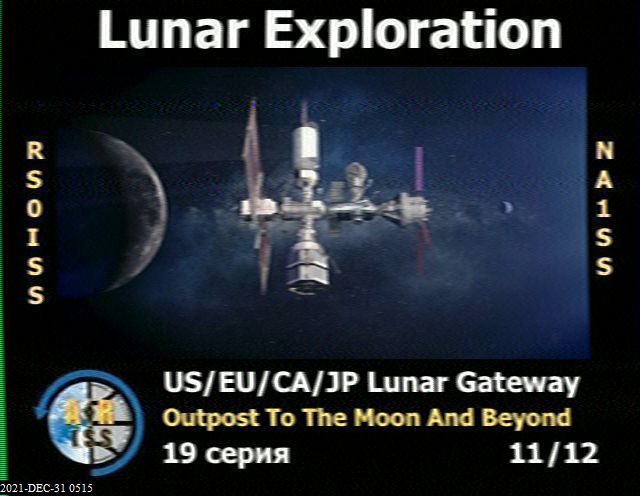
Overview
ARISS ISS SSTV Event celebrating Lunar Exploration
SSTV on ISS
The International Space Station (ISS) transmitted Slow Scan TV images from ISS over 26th to 31st December 2021. The images were be related to lunar exploration. The transmissions were made using PD 120. More detail can be found here.
Kit
I slightly changed my SSTV setup during the event. I started out on the flowerpot dipole and migrated to leaving it to run automated and eventually switched to the QFH (images 8 to 12) as shown below. Mostly just using my QFH antenna over the Flower Pot.
| Serial | Category | Item | Notes |
|---|---|---|---|
| 001 | Antenna | Home made Flower Pot Dipole | Horizontally mounted in my lost |
| 002 | Coax run | 5m of RG58 terminated in a BNC | |
| 003 | Converter | BNC to SMA adapter | Connects the coax to my SDR |
| 004 | Antenna 2 | Home made QFH antenna | Mounted in my back garden used for the 31st December passes |
| 005 | Radio hardware | SDRPlay RSP-1A | Connected to a windows laptop (QFH) or my desktop (dipole) |
| 006 | Radio software | SDR++ | Sends audio via virtual audio cable to MMSSTV |
| 007 | SSTV software | MMSSTV | Windows SSTV software |
| 008 | Sat tracking software | Gpredict | Used to find out the timing of the satellite passes, rig control to tune the doppler and set recording |
Operation
I've covered operations for SSTV on ISS in earlier posts, so I'll concentrate on the differences from the last ISS event.
Identify a good satellite pass
GPredict makes it easy to find decent passes. In this case, almost all the ISS passes were in the early hours which meant that I needed to set up my rig for automated operation. Luckily, all the software I'm using will work automated / hands off.
I decided to leave the set up run for all passes, even the really low elevation ones, just to see how well the antennas performed in my new QTH.
Set up the SDR
I decided to try out the very latest build of SDR++, which includes some noise reduction for weather sats (and hopefully might work for ISS SSTV), so I downloaded it and set it up on my Windows machines. I've covered SDR++ before, but it is a really nice program with some good built in modules.
Set up MMSSTV
MMSSTV is pretty much plug and play. I just fire it up, set it to the sync tab, make sure it is reading from the Virtual Audio Cable and that's it.
Capture signal during satellite pass
Not much to add here. The I/Q recording is a backup in case of software issues, but I haven't (touch wood) had any in this set of ISS passes.
Decode pictures in MMSSTV
MMSSTV largely just works, but I do have the option to replay the saved audio into it if there are problems in real time.
Image Gallery
Conclusion and improvements for next time
Whilst I was able to obtain some good results with the dipole, the QFH just blew it away. Look at images 8-12 to see the QFH quality. SDR++ performed really well and I think its my SDR s/w of choice from here on out. The pace of development has been great.
Others in my club OARC were able to get even better shots with hand tracked Yagis. So I need to investigate a Yagi for next time... do check out this image from John, M5JFS for what can be done with a Yagi.
